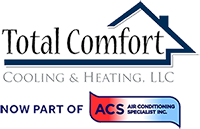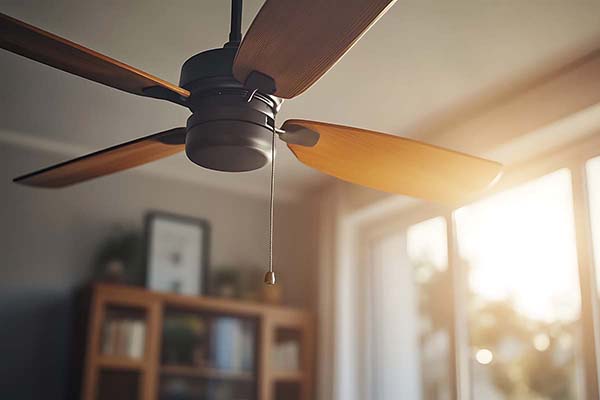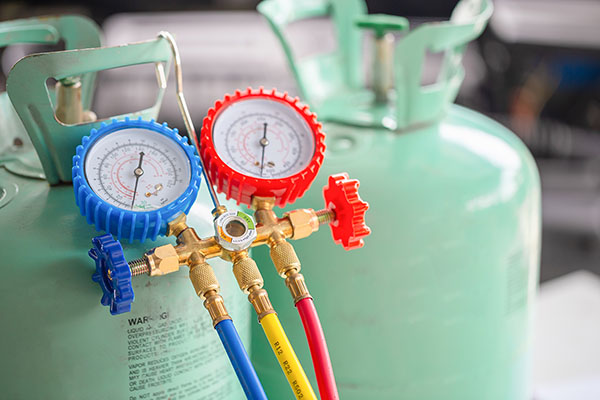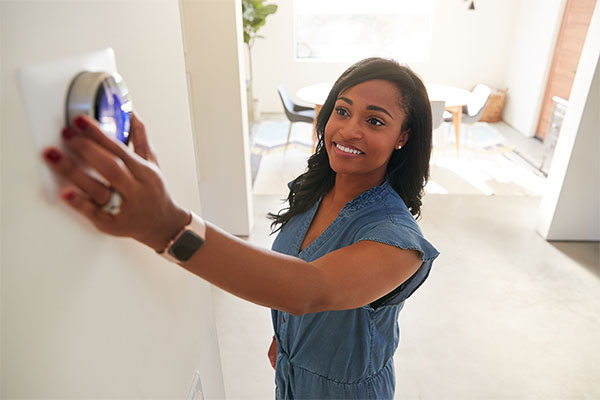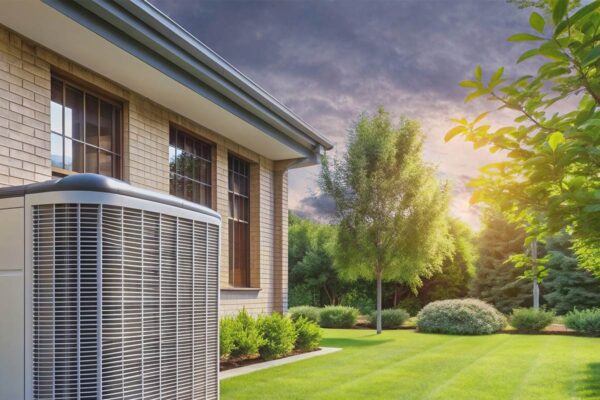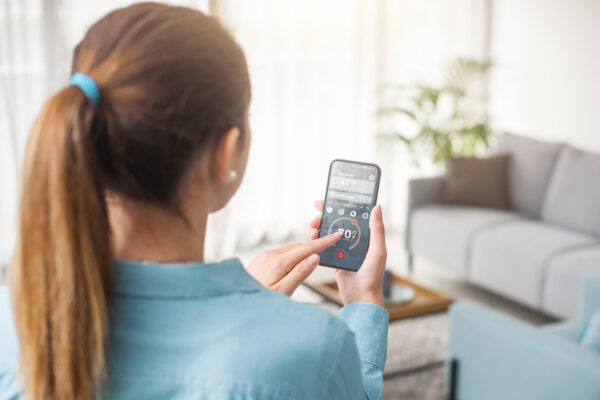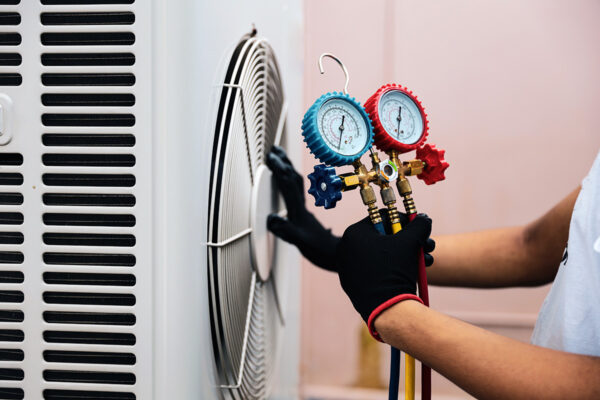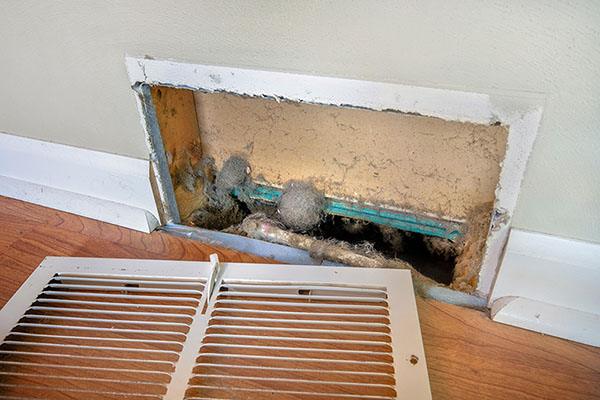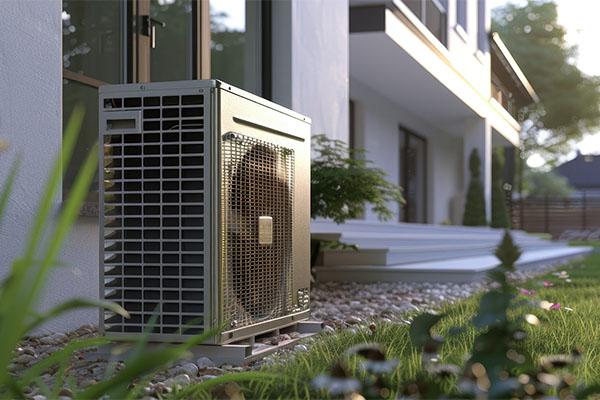Blog
Have you ever noticed that some rooms in your home feel like a walk-in freezer while others feel like a…
As the summer heat intensifies, your air conditioner becomes your home’s primary defense against high temperatures. But what happens when…
If you’ve ever spent a summer in the south, you know just how essential it is to have a dependable…
When the heat of summer rolls in, your air conditioner becomes one of the most important appliances in your home…
Springtime is a season of blooming flowers, longer days, and unfortunately, an abundance of allergens in the air. Pollen, mold…
As summer approaches in the South, the combination of high temperatures and intense humidity can make indoor spaces feel sticky,…
If you live in the Southern U.S., you know that spring and summer bring more than just heat—they bring storms….
With rising energy costs and increasing interest in energy-efficient home solutions, many homeowners are considering smart thermostats as a way…
Your air conditioning system is essential for maintaining a comfortable home, but like all appliances, it won’t last forever. At…
As the days get longer and the weather warms up, it’s the perfect time for a little spring cleaning—starting with…
As the winter chill fades away and the fresh breeze of spring sets in, homeowners often turn their attention to…
While Georgia may not see the harsh winters of northern states, the chilly season can still bring its share…
